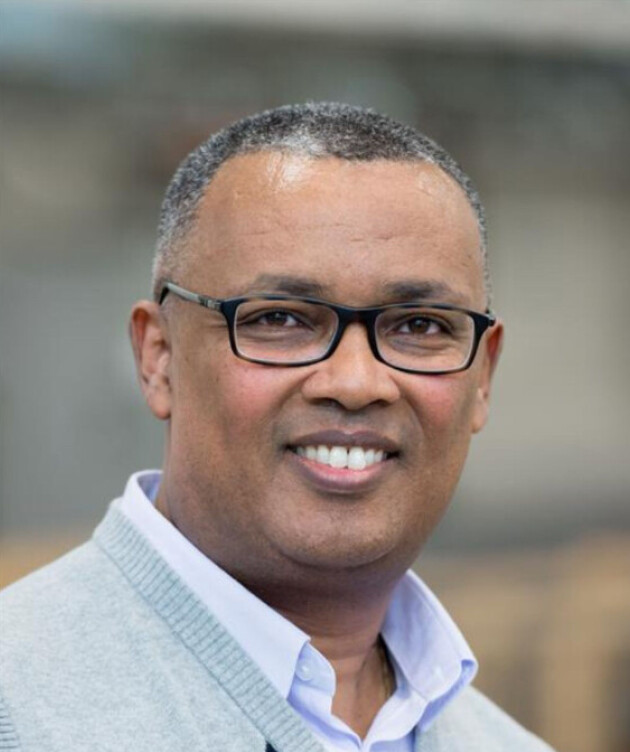
Abstract:
A rapid growth of urban populations and associated environmental concerns are challenging city planners and developers to consider sustainable building systems. In response, with new CLT and glulam timber technology, mid- and high-rise timber buildings are becoming attractive solution. Current objective-based design approaches in the NBCC 2020, however need additional provisions to cover the unique design challenges posed by such tall timber-based hybrid buildings. These challenges span from: a lack of seismic force modification factors calibrated with the notion of collapse risk, to a lack of wind design guidelines to satisfy the serviceability and strength criteria.
In the first part of the talk, the current state-of-the-art in timber-based hybrid systems (e.g., timber-steel and timber-concrete) together with ongoing design and research challenges will be presented. The second part of the talk will focus on findings of a recently completed project sponsored by the Forestry Innovation Investment’s (FII) Wood First Program. In the project, new force modification factors to supplement the NBCC 2015 are developed using the FEMA P-695 collapse risk approach. These factors will be presented together with the associated collapse risks obtained through nonlinear dynamic analysis. It will highlight the rigorously selected ground motions for Vancouver related seismicity in congruence with the 2015 NBCC code. Finally, current state of the art and future direction in tall timber design are highlighted.
 Bio:
Bio:
Dr Solomon Tesfamariam is a Professor and University Research Chair at the University of Waterloo. Prior to Waterloo, he was a professor and Principal’s Research Chair in the Resilient and Sustainable Built Environment at the UBC Okanagan Campus. Over his 15 years’ tenure at UBC, he has been a leader in the research and pedagogy of resilient tall timber and hybrid buildings. His research outcomes have pushed limits of large-scale engineered cross-laminated timber (CLT) and hybrid structures in the design of high-rise buildings. His tall timber research entails consideration of multi-hazard (earthquake, wind, fire) interactions. His hybrid building design research has been supported by various government and industrial partners. Outcomes of his research are published through industrial reports and various peer-reviewed journals, and have been presented at international conferences.
Open to all. Attendees external to Imperial need to register by email.
Time: 2:00 pm


